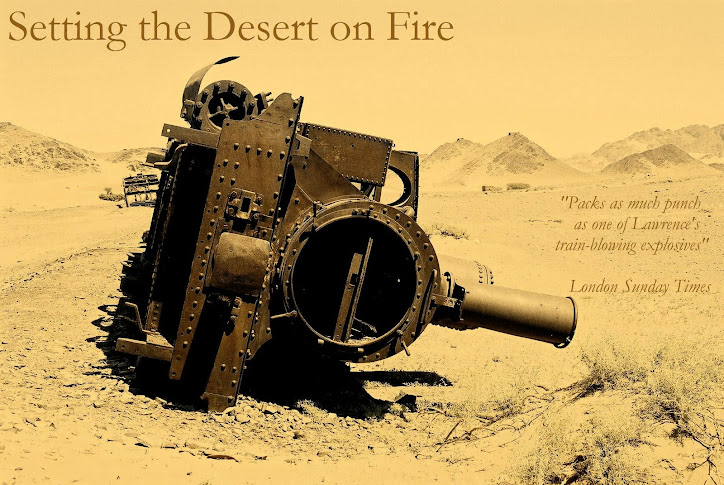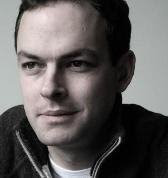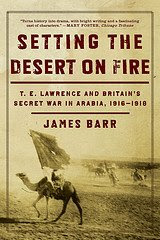Archives specialise in petty rules. You may need a document to corroborate your identity on arrival; to have booked an appointment in advance; have a letter of reference from a publisher. I have seen a grown man (he was a Turkish civil servant) reduced to the verge of tears by the access policy of one establishment. He had come all the way from Ankara and was on a tight deadline. He had no idea that the archive he had come to visit was only open for just over five hours a day, because of budgetary constraints.
All this means that I am always nervous when I arrive at an unfamiliar place, and all the more so if any conversation I have to have is in a foreign language.
The atmosphere upstairs at the chateau is a good deal more welcoming than the chilly entry hall. Although the temperature outside is sub-zero, large, tall windows, golden wooden panelling and generous use of central heating make my first stop in the archive a pleasant place to linger. However, I have to avoid this temptation. The first task is to locate the documents I want to look at, and get some ordered as fast as possible. The documents will take at least half an hour to be brought out of the archive for me, and there is already less than eight hours to go today. Time, therefore, is of the essence.
Archive catalogues in Britain are increasingly electronic, making the researcher's task quicker, since likely documents can be identified, ordered, and even viewed from home. The French are somewhat behind the curve however, and so my first task was to look through the paper catalogues filed in the search room. Fortunately there is some help online, making the job quicker on arrival. On this visit, I was particularly interested in records relating to the First World War, the 1925-28 period, and the Second World War. Picking a few to start with has a close resemblance to a lucky dip, but I was quickly on my way. Once into the reading room, I was able to give my list to the invigilator at the desk who types the numbers into the system. Then there is a wait.
My spoken and written French are perfectly good but slow, so a newish policy operated by the archive is going to be a major help. They will allow you to take photographs for personal use. So as well as a laptop, and a notebook and pencil (no pens, of course), I have brought my camera. Other researchers have gone further, bringing tripods to make the process of taking hundreds of photos as painless as possible. After a day spent looking over a desk holding up a heavy camera, I can see why they do. All I need is a seat nearish to a window.
My name is shouted by a French soldier in the corner of the room who is in charge of handing the boxes out to visitors, and I go to fetch a large, cold 'carton' of papers which has clearly come from somewhere that is not heated. They are frequently in a dreadful state. Wartime rationing means paper of poor quality, and many of these files have been kept for years in humid, hot conditions. Some of them are drilled by woodworm. The pins and tags that hold others together, have rusted through, and disintegrate in one's hands. I like these signs of age and neglect, however, because they imply that few people have bothered to look through them. A new paperclip, or the restorer's laminate on a fragile piece of paper suggests that others may already have been looking through them recently.
The job that follows is, I imagine, similar to a spy's. I need to skim the contents of these boxes, often containing several hundred sheets of fine paper, as rapidly as possible, assessing which look interesting, and photographing each of these. I have twenty four hours in all to do so. I take all the photos in black and white, since this means I can fit more on a memory card. Periodically, I download batches of two hundred or so photographs onto my computer.
The time limits on these trips requires an intense schedule. I tend to have as big a breakfast as possible, so that I do not need to stop for lunch. The day will normally bring up a handful of fascinating items, and to keep my interest up, I will sometimes stop to read a little. At Vincennes, one document that catches my eye is the record of an interrogation of a Druze leader who was wounded and captured in 1926, and makes some fascinating allegations about the British. Another is a reference to a man I have been hunting for several months, but interestingly, refers to his role as an intelligence officer in a controversial counter-insurgency operation outside Damascus years before. There will be a great deal more to say about this latter gentleman in the book.




No comments:
Post a Comment